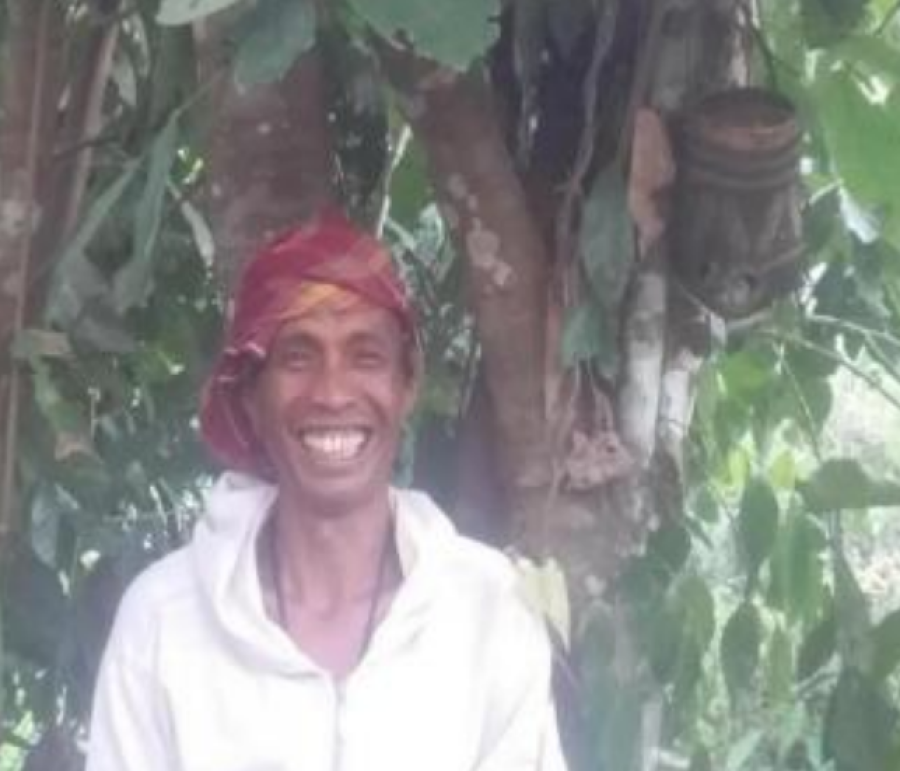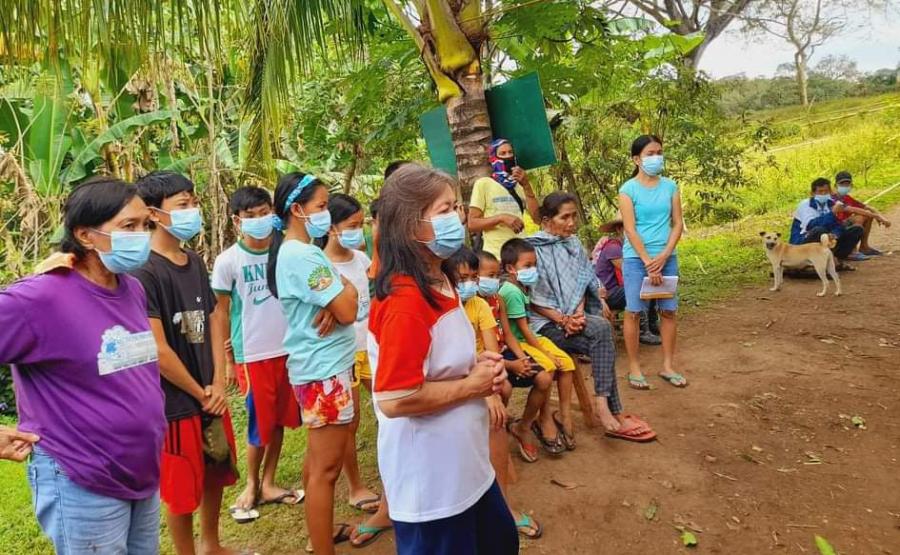Ethnic minorities in the Philippines are pursuing a number of strategies to defend and retain their ancestral lands.
The least Westernized cultural groups in the Philippines, the ethnic minorities, know that loss of ancestral land means the loss of ancestral culture. This threat, however, looms larger today than ever before. A rapidly expanding national population and an increasing number of government-promoted, export-oriented agro-industrial and revenue extraction schemes have intensified competition for limited land resources. The worsening economic crisis and large debts to international lending institutions are accelerating the trend.
To preserve their indigenous heritage, ethnic minority Filipinos and their supporters have developed various strategies. The most successful response to ancestral land usurpation has been by the Kalinga and Bontok people of northern Luzon. Their aggressive and self-reliant struggle against construction of hydroelectric dams on the Chico River has inspired Filipinos throughout the archipelago. The struggle of Islamicized groups in the southern Philippines has likewise impressed on people's minds the effectiveness of open, armed resistance.
Not all ethnic minority communities, however, possess indigenous techniques to resist territorial encroachment. Historically, land was abundant in many ancestral areas and landgrabbers were few. This is no longer true. Today every minority group is threatened. Most are struggling to survive. All are in need of outside support.
In December 1983, a National Congress on Human Rights and Ancestral Land was held in Quezon city, at the University of the Philippines (UP). Representatives from throughout the nation attended and presented testimonies on their local situations. The Congress helped promote a sense of solidarity and also raised public consciousness in Metro Manila over the problem of ancestral land usurpation. Students, community organizers and media officials attended. In 1984, similar conferences of a regional nature have been held in Baguio, Bontoc, Malabalay, Davao, Pagadian and elsewhere.
Organizations and support groups have also been organized throughout the nation. Mindanao Lumad, the Cordillera Consultative Committee, Progressive Igorot Students Association, the Coordinating Committee for Minority Concerns, the Episcopal Commission on Tribal Filipinos and the Ugnayang Pang Agham Tao are but a few. In addition, two nationwide church-supported publications serve to chronicle the ongoing struggle: the Catholic Bishops' Conference's Tribal Forum and the National Council of Church's Sandugo.
On the legal front, efforts are also being made on various levels to protect the land rights of marginalized Filipinos. A few successes have been reported in local courts. On the national level, in March 1984, the Philippine Court of Appeals issued an injunction prohibiting the eviction of Dumagot Negritos in Quezon Province. In that case, for the first time attorneys from a Manila-based public interest law organization represented ancestral land occupants.
The Paralegal Services Training Center in Makati is conducting community-based training seminars on ancestral land rights. Interested law students from Metro Manila have begun making field trips to threatened communities and working with them toward a legal solution. In July 1984, the UP College of Law's Indigenous Law Project published a native language primer titled Legal Rights to Ancestral Land: A Primer for Filipino Citizens. Efforts by several communities to lease their ancestral land on a communal or individual basis through the Integrated Social Forestry Program of the Bureau of Forest Development, or through other government agencies, are also being pursued.
Despite these encouraging developments, the situation remains bleak. In the long run, the only hope may lie in the fact that a small but growing number among the lowland Christian majority have begun to appreciate that the indigenous cultural heritage of the Philippines is a shared resource worthy of protection and pride. After all, in the words of the historian William Henry Scott, the only difference between members of a cultural minority and majority is that the former group is more like its ancestors than the latter. Destruction of ethnic minority culture, therefore, will be the final act in the destruction of the nation's indigenous cultural identity.
Article copyright Cultural Survival, Inc.


